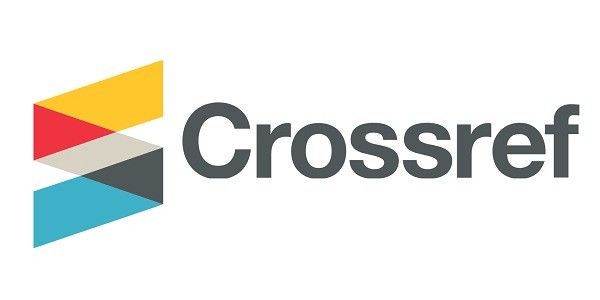Abstract
This paper explores how interior design could amplify the current discourse on sustainability within urban public space. The consideration of a number of contemporary authors that are questioning the traditional notion of interiority situates this paper within an expansive understanding of interiority in the context of the Anthropocene. Interiority is considered as a transferable condition based on modes of interior occupation, that can take place on the outdoors, and is often found in public spaces within dense urban areas. In the face of an upcoming biodiversity crisis, this text advocates for a necessary disciplinary shift away from traditional anthropocentric views, towards a multispecies conception of the built environment. Both the ideas and the case studies in this article seek to expand the role of interior elements, both semiotics and performance, to foster inclusivity of non-human species, in particular insects, in city environments. Two design proposals illustrate how interior design tactics might positively contribute to raising awareness about this underacknowledged population, and at the same time, help cultivate a sense of intimacy between us and the multiple life forms that inhabit our public urban spaces.
Publication Date
1-24-2020
References
Adams, R., & Marlor, L. (2019). Breaking the binary oppositions of the interior: A momentary permanence. Interiority, 2(2), 113–128. https://doi.org/10.7454/in.v2i2.58
Carrington, D. (2019, February 10). Plummeting insect numbers 'threaten collapse of nature.’ The Guardian. Retrieved from https://www.theguardian.com/environment/2019/feb/10/plummeting-insect-numbers-threaten-collapse-of-nature
Geers, K. (2019). Architecture without content. Harvard Design Magazine, 47, 63–64.
Hwang, J. (2013). Living among pests: Designing the biosynthetic city. Next Nature, 35. Retrieved from https://nextnature.net/2013/09/living-among-pests-designing-the-biosynthetic-city
Kaltenbach, C. (2014). Design + insect research. Retrieved from https://kaltenbachlab.ca/design-and-insect-research
Kaltenbach, C. (2016). Insectarium: Design + insect research lab. Retrieved from https://kaltenbachlab.ca/design-and-insect-research
Meinhold, B. (2010, February 7). Leading architects unveil luxury bug hotels in London. Inhabitat. Retrieved from https://inhabitat.com/leading-architects-unveil-luxury-bug-hotels-in-london/
Sloterdijk, P. (2013). In the world interior of capital (W. Hoban, Trans.). Cambridge, MA: Polity Press.
Solomon, J. D. (2018). Public spheres: Hong Kong’s interior urbanism. In G. Marinic (Ed.), The interior architecture reader (pp. 414–421). New York: Routledge.
Submitted Date
2019-10-01
Accepted Date
2019-11-22
First Page
83
Last Page
96
Recommended Citation
Arrizabalaga, N. F. (2020). Urban Interiority in the Anthropocene. Interiority, 3 (1), 83-96. https://doi.org/10.7454/in.v3i1.74
Creative Commons License

This work is licensed under a Creative Commons Attribution-NonCommercial 4.0 International License
Author(s) retain the copyright of articles published in this journal, with first publication rights granted to Interiority.






